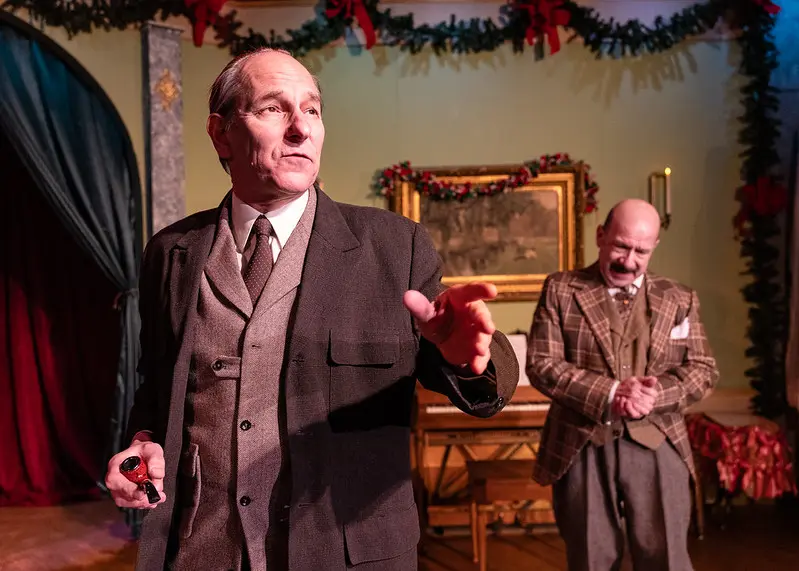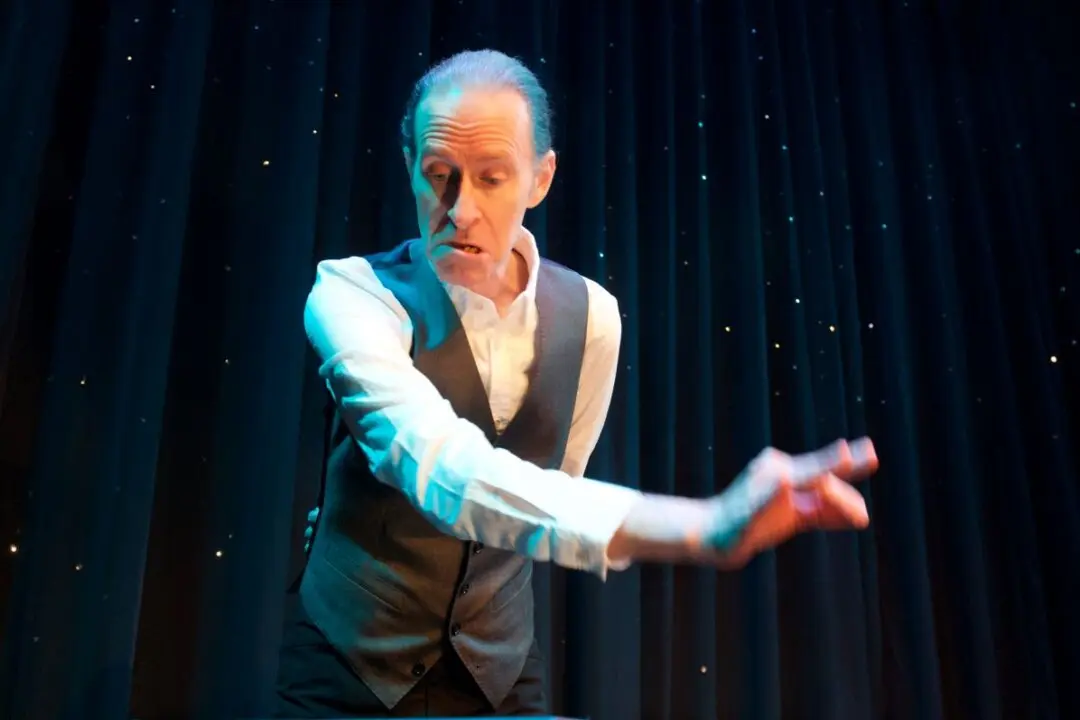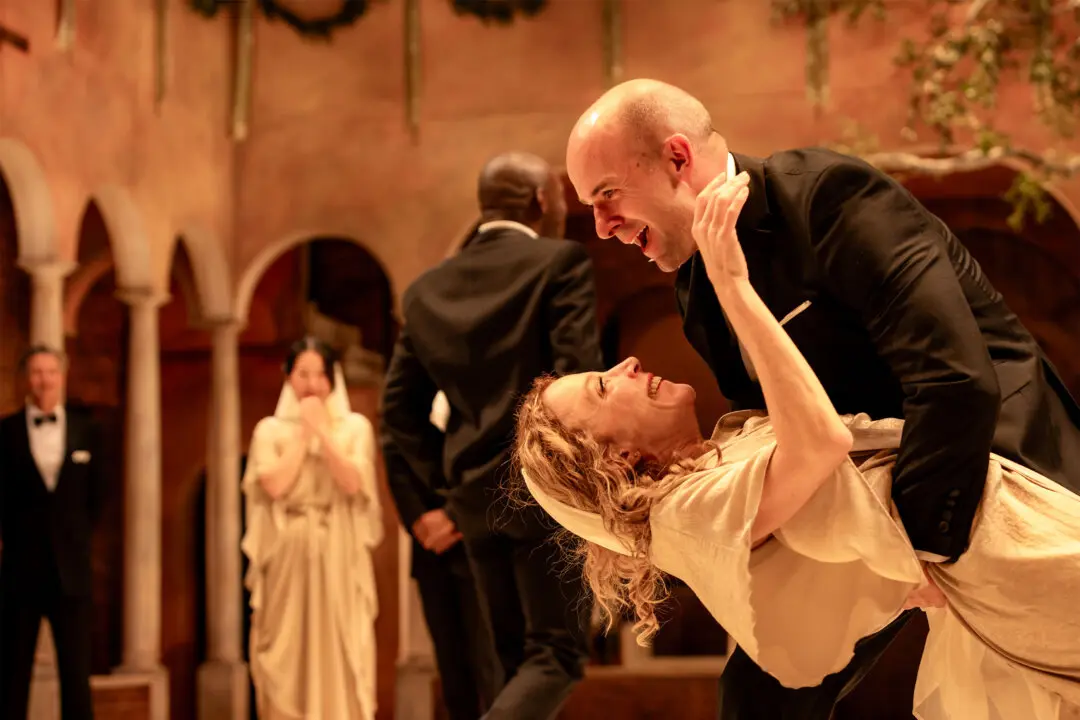CHICAGO—“The Three Sisters” is not for everyone. It’s not for those who want escapism, adventure, or the exhilaration of musical theater. But it is for the philosophically inclined, the psychologically curious, and those wanting a deeper understanding of humanity and life.

(L–R) Masha Prozorov (Katherine Schwartz), Irina Prozorov (Ellie Duffey) and Olga Prozorov (Maria Stephens), in “Three Sisters.” Aaron Reese Boseman Photography





